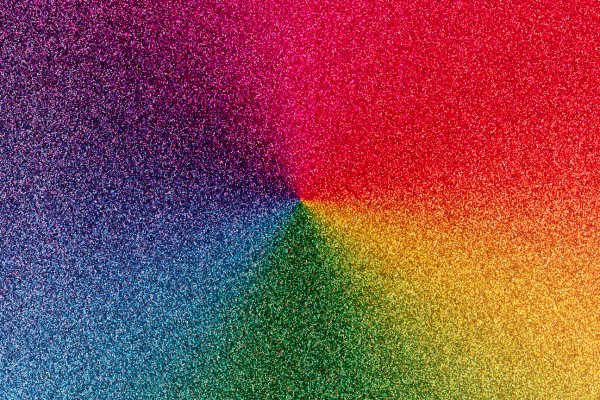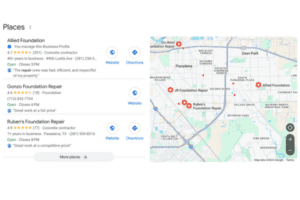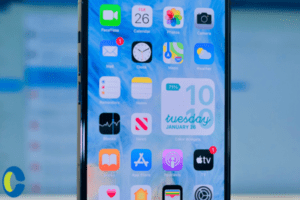In the world of marketing, every choice matters, and color is no exception. Colors are not just visually appealing; they hold a significant psychological influence over consumers. Understanding the psychology of color can be a powerful tool in creating an effective marketing strategy. In this blog, we’ll explore how color affects marketing strategy and dive into the emotions and perceptions associated with different colors. Additionally, we’ll provide practical insights on how to leverage this knowledge for your marketing campaigns.
The Power of Color in Marketing
Colors have the ability to convey emotions, elicit reactions, and shape perceptions. When used strategically, they can be a vital element of your brand’s identity and messaging. Here’s how color influences marketing strategy:
- Brand Identity and Recognition: Choosing the right color scheme can establish a strong and memorable brand identity. Think about Coca-Cola’s signature red or Starbucks’ iconic green. These brands have successfully associated their colors with their products, making them instantly recognizable.
- Emotional Impact: Different colors evoke various emotions and moods. For example, red can create a sense of urgency and excitement, while blue is often associated with trust and reliability. Understanding these emotional triggers allows marketers to connect with their target audience on a deeper level.
- Cultural Significance: Colors can hold different meanings in various cultures. For instance, in Western cultures, white symbolizes purity and cleanliness, while in some Asian cultures, it represents mourning. It’s crucial to consider cultural nuances when using colors in international marketing campaigns.
- Call to Action: Colors can guide consumers’ actions. Buttons, links, or banners in contrasting colors draw attention and encourage clicks, ultimately driving conversion rates. For instance, a red “Buy Now” button can be more compelling than a gray one.
The Psychology of Color
Now, let’s take a closer look at how specific colors influence consumer behavior and perceptions:
- Red: Red is associated with excitement, urgency, and passion. It can be an effective choice for clearance sales, limited-time offers, and impulse-buy scenarios.
- Blue: Blue exudes trust, reliability, and calmness. It’s often used by financial institutions and tech companies to convey professionalism and dependability.
- Green: Green is connected to nature, growth, and wealth. It’s frequently used by brands promoting eco-friendly products, health foods, and financial services.
- Yellow: Yellow radiates positivity, happiness, and optimism. It’s a great choice for brands aiming to create a cheerful and inviting atmosphere.
- Black: Black signifies luxury, sophistication, and power. High-end fashion and luxury car brands often use black to convey exclusivity.
- Orange: Orange is energetic, youthful, and attention-grabbing. It’s commonly used to promote products or services aimed at a younger audience.
Practical Applications Using Color
Now that we’ve explored the psychology of color in marketing, here are some practical ways to incorporate this knowledge into your marketing strategy:
- Consistency: Maintain a consistent color scheme across all marketing materials, including your logo, website, and social media profiles. Consistency builds brand recognition.
- A/B Testing: Experiment with different colors for calls to action (CTAs) on your website or email campaigns. Analyze the data to determine which colors yield the best results.
- Understand Your Audience: Consider your target audience’s preferences and cultural backgrounds when selecting colors. Conduct market research to ensure your choices align with your audience’s expectations.
- Testimonials and Case Studies: Incorporate color psychology into your testimonials and case studies. Use colors that reinforce the emotions you want customers to associate with your brand.
- Accessibility: Ensure that your chosen colors are accessible to all users, including those with visual impairments. Use tools to check color contrast and readability.
Color is a powerful tool in the marketer’s arsenal, capable of influencing consumer behavior, conveying emotions, and shaping brand perceptions. By understanding the psychology of color and implementing it strategically in your marketing materials, you can create a more effective and engaging marketing strategy. So, don’t underestimate the impact of color—it’s not just eye candy; it’s a palette for success.















